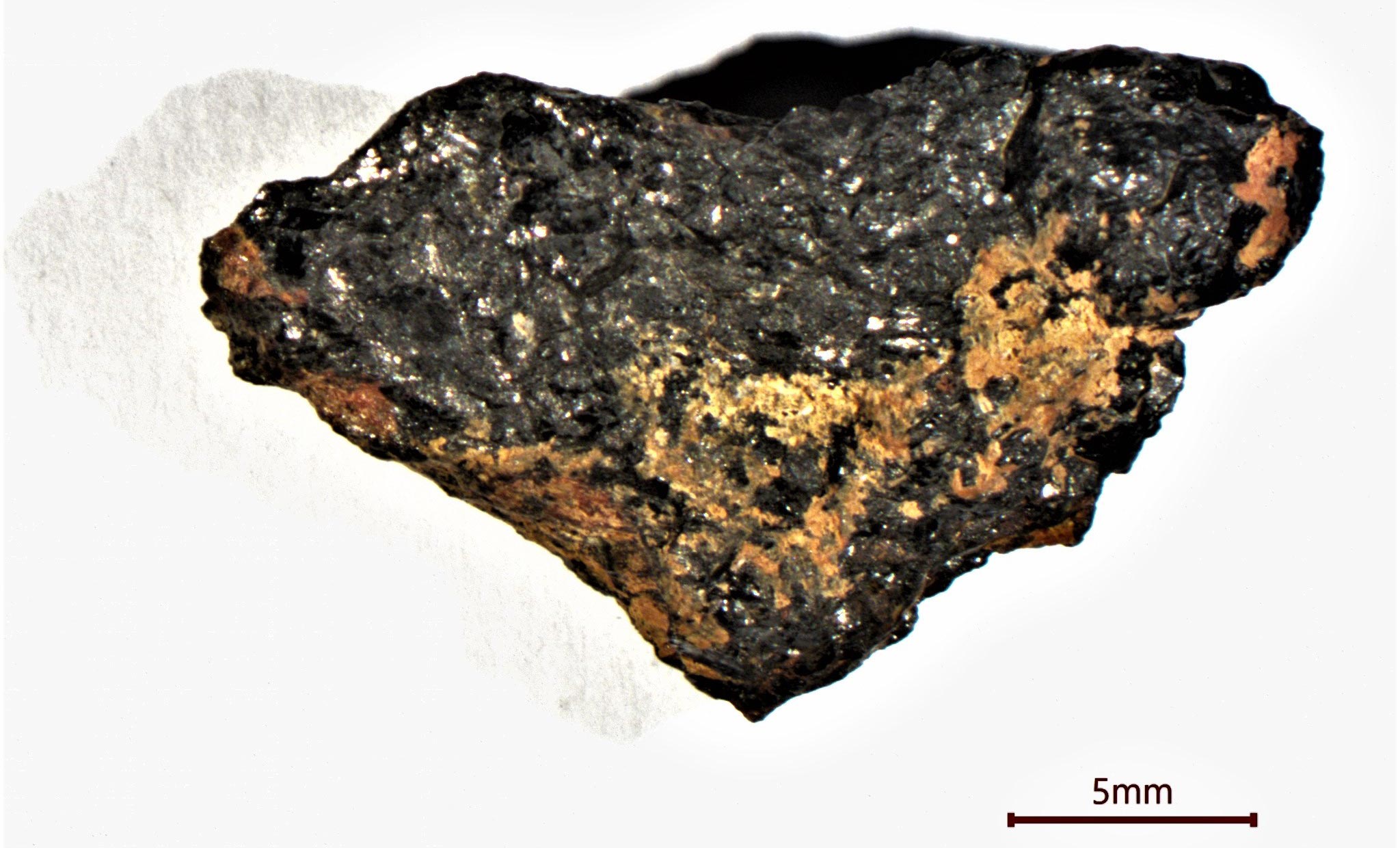
The white dwarf star eventually ‘ate’ the other star.
At some point, the ‘hungry’ white dwarf exploded as a supernova type Ia inside the dust cloud.
Researchers found a consistent pattern of 15 elements in the Hypatia stone.
The Hypatia stone could be the first tangible evidence on Earth of a supernova Type Ia explosion.
UJ researchers found a consistent pattern of 15 elements in the Hypatia stone discovered in Egypt.
But most of the elements match the pattern of supernova type Ia models.
“If this hypothesis is correct, the Hypatia stone would be the first tangible evidence on Earth of a supernova type Ia explosion.A high-voltage proton beam shows three trace elements in the extraterrestrial Hypatia stone, and their concentrations.UJ researchers find that most of the elements they analysed in the extraterrestrial Hypatia stone fit the predictions from supernova Ia models well.The high-voltage proton beam data shows that for 9 of the 15 elements, concentrations are close to the predicted values.
The first big new clue from the proton beam analyses was the surprisingly low level of silicon in the Hypatia stone targets.Various analyses of the Hypatia stone in Egypt indicate that it was not formed on Earth or inside our solar system.
At this point, the proton beam data had also ruled out four ‘suspects’ of where Hypatia could have formed.Hypatia did not form on earth, was not part of any known type of comet or meteorite, did not form from average inner solar system dust, and not from average interstellar dust either.The next simplest possible explanation for the element concentration pattern in Hypatia, would be a red giant star.But the proton beam data ruled out mass outflow from a red giant star too: Hypatia had too much iron, too little silicon, and too low concentrations of heavy elements heavier than iron.Again, the proton beam data for Hypatia ruled out a promising suspect with ‘chemistry forensics’.First, a red giant star at the end of its life collapses into a very dense white dwarf star.White dwarf stars are usually incredibly stable for very long periods and most unlikely to explode.
A white dwarf star could start ‘pulling’ matter off another star in a binary system.One can say the white dwarf star ‘eats up’ its companion star.
Eventually, the white dwarf gets so heavy, hot, and unstable, that it explodes in a supernova Ia.
Also, the white dwarf star that explodes in a supernova Ia is not just blown to bits, but literally blown to atoms.In an extensive literature search of star data and model results, the team could not identify any similar or better chemical fit for the Hypatia stone than a specific set of supernova Ia models.“In this respect, the proton beam laboratory data on Hypatia fit to supernova Ia data and models.”.“Since a white dwarf star is formed from a dying red giant, Hypatia could have inherited these element proportions for the six elements from a red giant star?If this hypothesis is correct, the Hypatia stone would be the first tangible evidence on Earth of a supernova type Ia explosion, one of the most energetic events in the universe.The Hypatia stone would be a clue of a cosmic story started during the early formation of our solar system, and be found many years later in a remote desert strewn with other pebbles.